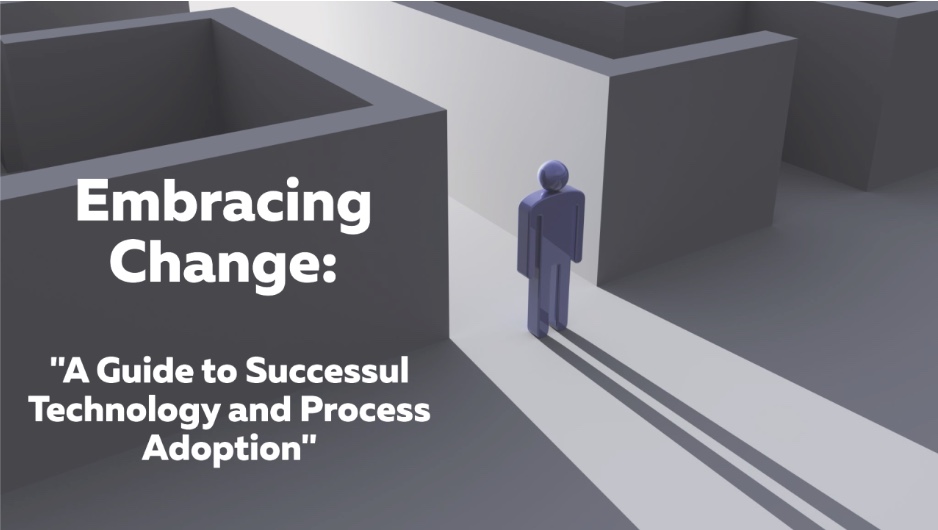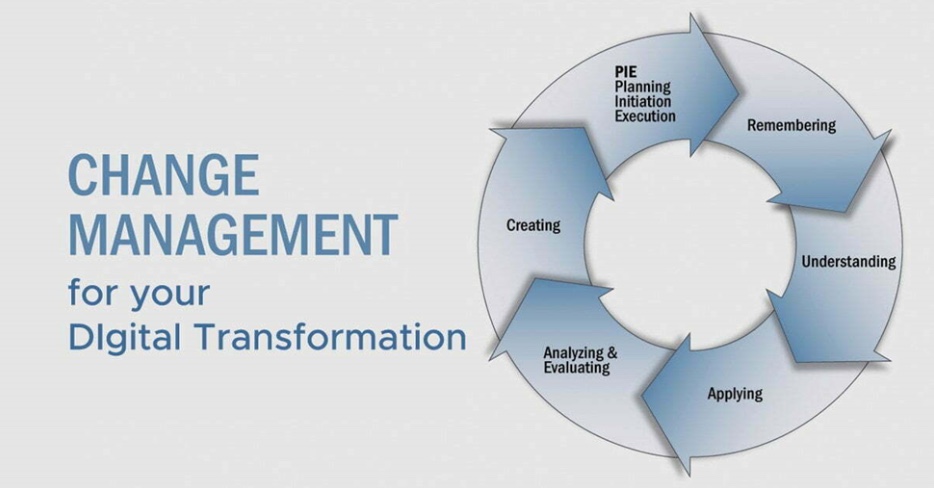


- Employee resistance is common, as change can be daunting and create anxiety about new systems.
- Further, chosen service providers may also be reticent to change due to the complexity of the technological effort itself.
- There are communication gaps that can lead to misunderstandings about the goals and benefits of changes.
- Insufficient training may leave employees struggling to adapt to new tools or processes.
- New initiatives can disrupt existing workflows, causing temporary inefficiencies.
- Additionally, measuring the return on investment (ROI) for these changes can be difficult.
- First, strong leadership commitment is vital, with leaders aligning their messaging and commitment to inspire confidence.
- Second, clear communication of the vision helps everyone understand the purpose of the change from the outset.
- Third, providing adequate training, resources, and support ensures employees feel prepared for new changes.
- Finally, ongoing reinforcement through incentives and recognition helps embed the new ways of working.

- Phased rollout: Introduce changes in stages rather than all at once
- Pilot programs: Test changes on a small scale before full implementation
- Iterative process: Plan from the beginning to be prepared to adjust based on feedback and results from each phase
- Reduced risk of major disruptions
- Easier management of change resistance
- Opportunity to learn and refine strategies
- Increased likelihood of long-term success
- Defining key performance indicators (KPIs): Identify specific, measurable metrics aligned with organizational goals and incentives
- Regular monitoring: Consistently track and analyze progress against established metrics
- Milestone recognition: Celebrate achievements along the way to boost morale and motivation
- Employee engagement scores
- Productivity measures
- Customer satisfaction ratings
- Financial performance indicators
- Encouraging experimentation: Provide resources and support for trying new ideas
- Learning from failures: Treat setbacks as opportunities for growth and improvement
- Cross-functional collaboration: Incentivize knowledge sharing across departments
- Continuous training: Invest in ongoing skill development for employees
- Increased organizational agility
- Enhanced problem-solving capabilities
- Improved employee satisfaction and retention
- Sustained competitive advantage
